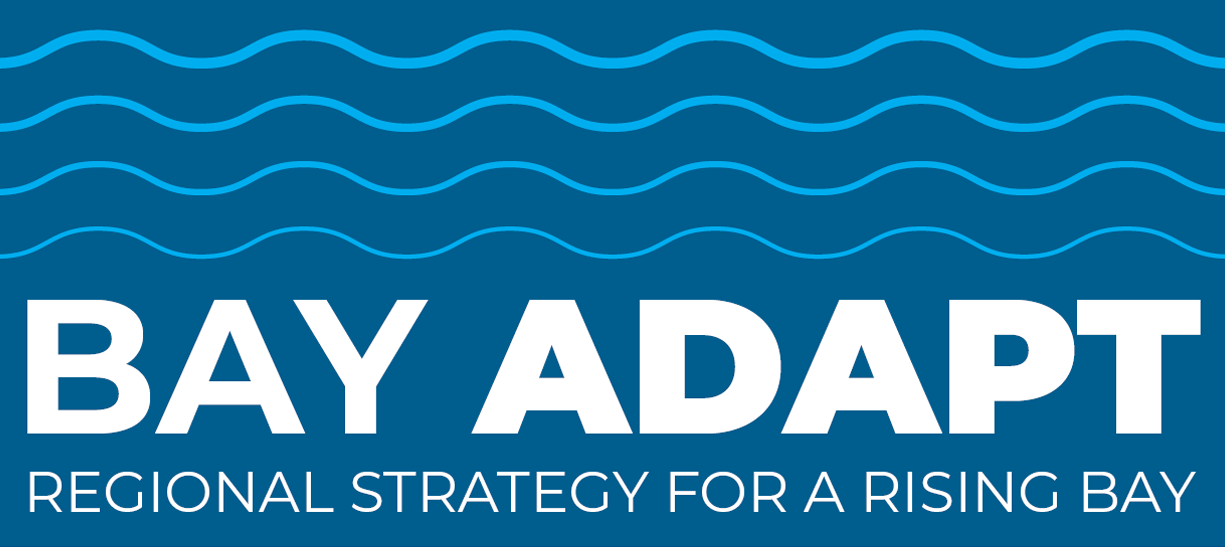Guiding Principles
The following Guiding Principles guided the development of regional adaptation actions in the Joint Platform.
These principles were developed in collaboration with the Leadership Advisory Group and members of the public through our first Public Forum. You can download a list of these Guiding Principles here.

Support socially vulnerable communities
Actively ensure that socially vulnerable communities don’t just bounce back in the face of sea level rise, but “bounce forward” by providing additional resources and support to areas where socially vulnerable communities live, work, and play and reducing negative impacts to these communities. Climate change will disproportionately impact marginalized communities with fewer resources.

Practice inclusive, community-led governance and decision-making
Remove barriers and enhance capacity to increase transparent, coordinated decision-making among community members and organizations and local, regional, state, and federal governments that acknowledges and leverages the unique roles, responsibilities, and authorities at each scale. Adaptation outcomes will better protect the entire region when all interests, including those who know their neighborhoods and communities best, contribute and collaborate in reducing risk.

Put nature first whenever possible
Prioritize natural infrastructure solutions that benefit ecosystems and the health of the Bay as well as people, especially in the near-term. Adapting to rising sea level will require a mix of green and gray infrastructure. Working with nature, instead of against it, can produce better results for both people and wildlife.

Support existing efforts but plan for the long term
Support, encourage, and learn from early innovators charting a new course for the region, especially for wetland restoration, while maintaining a long-term vision for more complex planning and investments. Early action is important for regional learning, setting precedents, and shorter-term flood control, and widespread or significant capital investments require careful and collaborative planning.

Solve interconnected problems at the same time
Prioritize adaptation actions that maximize regional risk reduction to flooding and sea level rise and minimize tradeoffs within the context of other regional priorities such as housing, economy, social equity, habitat protection, and other climate risks. Sea level rise and flooding is just one of several regionally interconnected crises facing the Bay Area.

Pick the right strategy for the right place at the right time
Ensure that local and regional investment strategies to address flooding and sea level rise are grounded in local needs, conditions, and plans, and are phased to allow for uncertainty, flexibility, and iteration. The Bay is a collection of distinct places with unique physical and social conditions and there is no “one size fits all” solution – or timeline – to address climate-related impacts.
